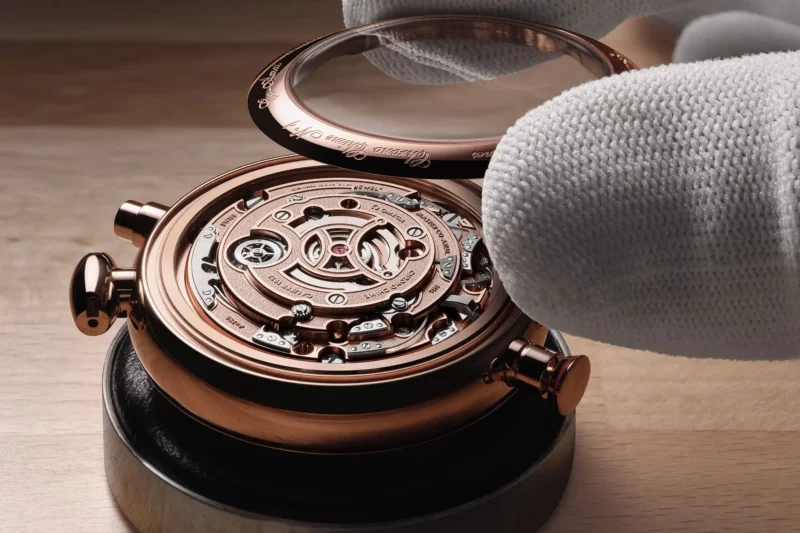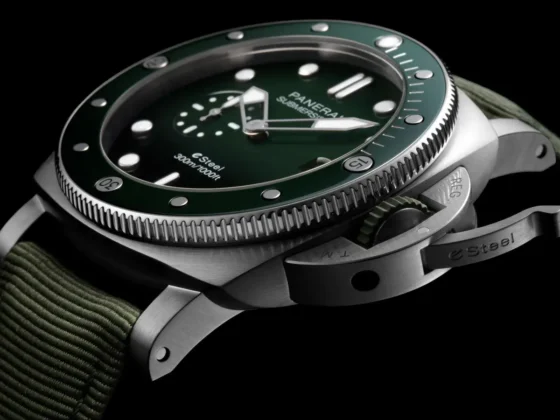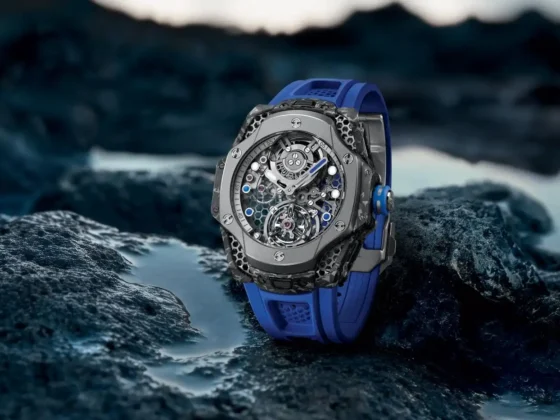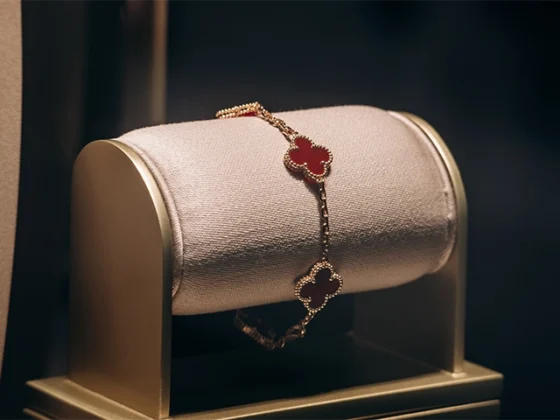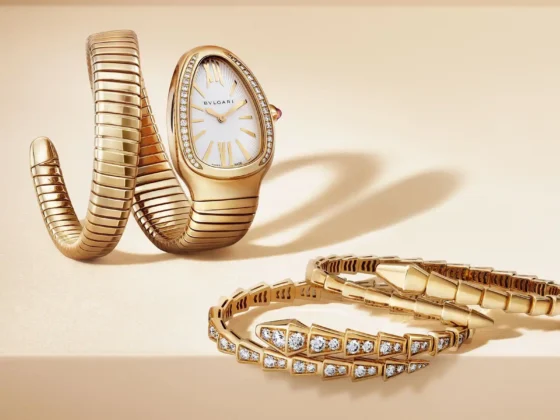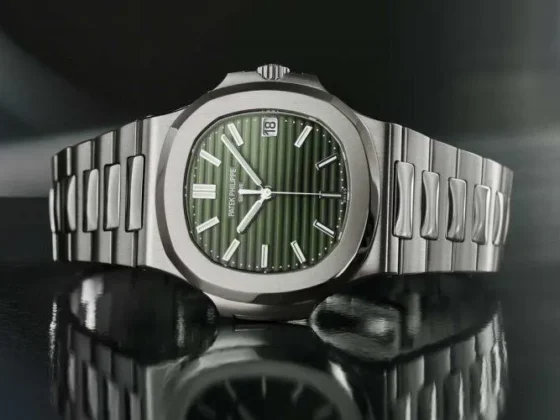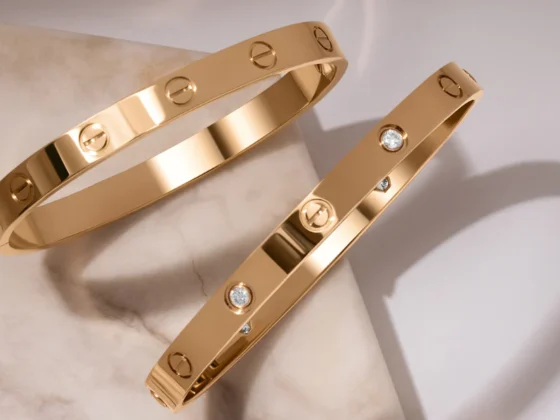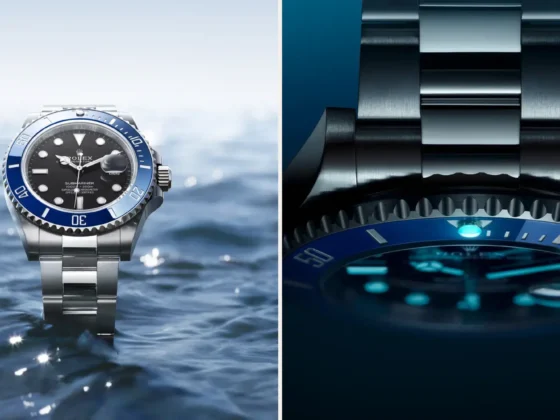Few watch brands have achieved the global prestige and recognition of Omega, a name synonymous with precision, innovation, and timeless design. Established in 1848, Omega has played a pivotal role in the advancement of horology, from crafting chronometers that set standards in precision to becoming the first watch worn on the moon. Omega’s legacy is not just in its technical innovations but also in its cultural impact, as it continues to influence contemporary watchmaking. This article traces Omega’s remarkable journey through its milestones in precision, space exploration, and ongoing contributions to modern horology.
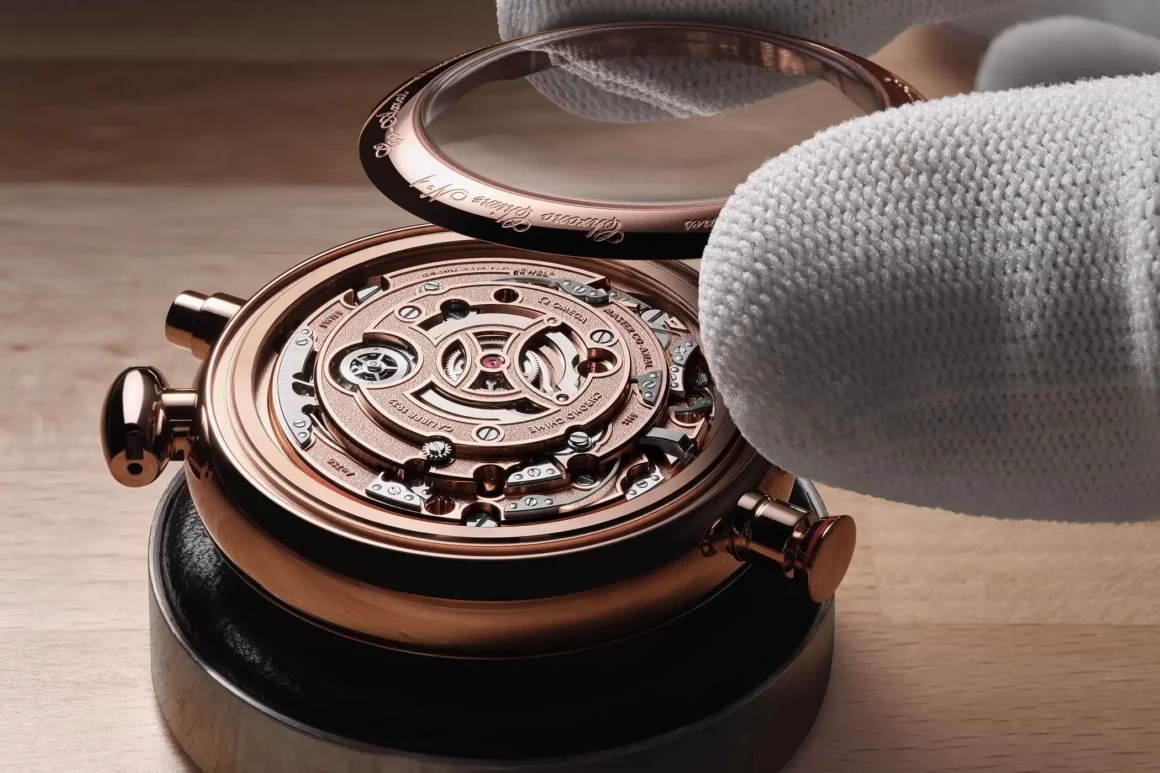
The Early Years: Crafting a Legacy of Precision
Omega’s story begins with Louis Brandt, a Swiss watchmaker who founded the company in La Chaux-de-Fonds. Originally operating as a small workshop that assembled pocket watches using parts from local craftsmen, Omega quickly grew in reputation for producing reliable and accurate timepieces. However, it was the next generation—Louis Brandt’s sons, Louis-Paul and César—who would revolutionize the brand.
In 1894, the brothers introduced the Omega Caliber, a movement that set new standards for precision and ease of repair. This innovative movement was so successful that it became the name of the company itself—Omega, signifying the ultimate or final achievement in watchmaking. This was the beginning of Omega’s association with precision, a reputation that would only grow in the coming decades.
Omega and Precision Timing: A Leader in Chronometry
Omega quickly established itself as a leader in precision timekeeping, particularly through its performance in chronometer trials—competitions that tested the accuracy of watches. In 1931, Omega achieved a significant milestone when it set precision records at the Geneva Observatory trials, cementing its status as a world leader in chronometry.
The brand’s mastery of precision was not limited to competitions. In 1932, Omega was chosen as the official timekeeper for the Olympic Games, a role it has held continuously ever since. This partnership underscored Omega’s reputation for accuracy and reliability, qualities that made it a trusted name in both professional and consumer timekeeping.
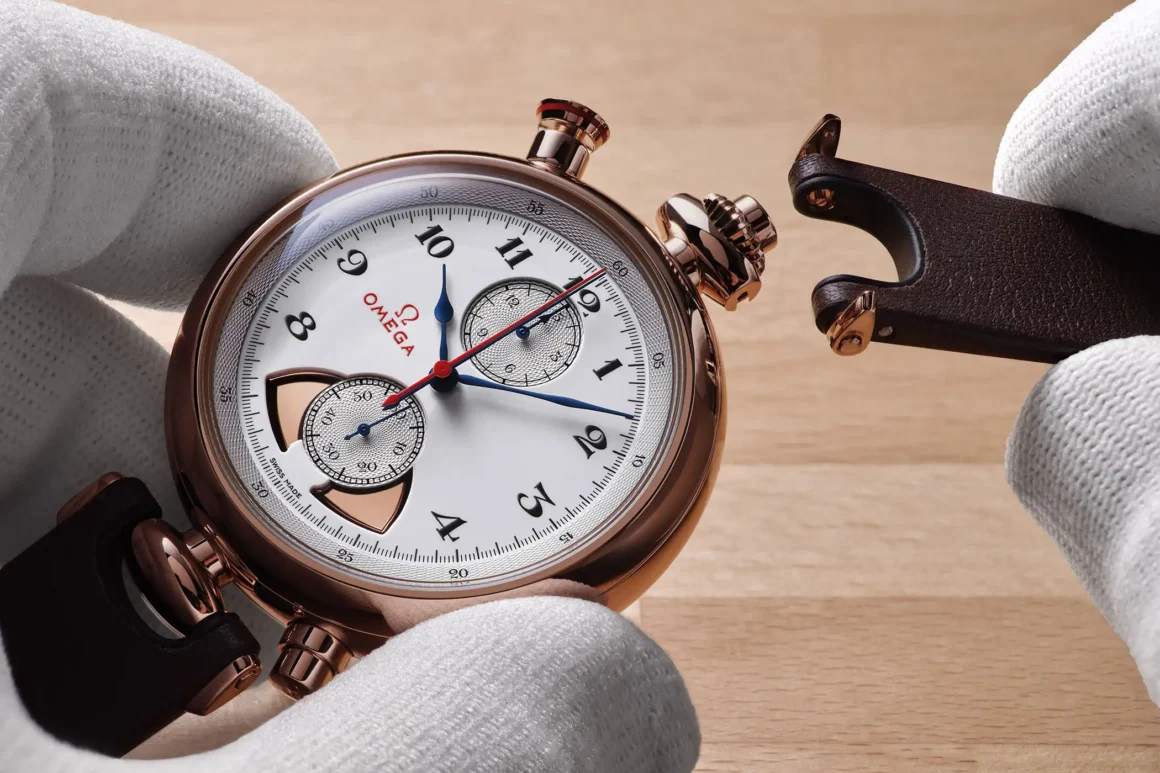
Omega in Space: A Giant Leap for Watchmaking
Omega’s contributions to horology reached new heights—literally—when the brand became the first watch worn on the moon. The story began in the 1960s when NASA was searching for a reliable and precise timepiece for its astronauts. After rigorous testing, Omega’s Speedmaster emerged as the top choice, known for its durability and ability to withstand the extreme conditions of space.
On July 20, 1969, astronaut Buzz Aldrin wore his Omega Speedmaster Professional as he became the second person to walk on the lunar surface. This historic event forever linked Omega to one of humanity’s greatest achievements, earning the Speedmaster the nickname “Moonwatch”. To this day, the Speedmaster remains one of Omega’s most iconic models, and the brand continues to innovate with its Speedmaster Moonwatch collection.
Innovations in Watchmaking: Pioneering Co-Axial Technology
Omega’s legacy of innovation extends beyond precision timing and space exploration. In 1999, the brand introduced the Co-Axial escapement, a groundbreaking technology developed by master watchmaker George Daniels. The Co-Axial escapement reduced friction within the movement, leading to greater mechanical efficiency, improved accuracy, and reduced maintenance needs.
This innovation was a major advancement in mechanical watchmaking and marked Omega’s commitment to continuously pushing the boundaries of technology. Today, Omega’s Co-Axial movements are featured in many of its collections, ensuring long-term precision and reliability.

The Seamaster and Speedmaster: Iconic Collections with Enduring Appeal
Omega’s Seamaster and Speedmaster collections are two of the most iconic lines in the brand’s portfolio, each representing a different facet of Omega’s expertise.
The Seamaster, first introduced in 1948, was initially designed as a rugged and reliable diver’s watch. It became a favorite among professional divers and adventurers, and its sleek design later earned it the title of James Bond’s watch, making its debut in the 1995 film GoldenEye. The Seamaster has since become a symbol of both style and technical capability, boasting water resistance, Co-Axial movements, and contemporary designs that appeal to collectors and enthusiasts alike.
The Speedmaster, on the other hand, rose to fame as the “Moonwatch” and continues to be one of Omega’s best-selling models. Known for its chronograph functionality, precision, and connection to space exploration, the Speedmaster is a favorite among collectors looking for both history and horological excellence.
Omega’s Continued Influence in Modern Watchmaking
Omega’s influence extends far beyond its past achievements. In recent years, the brand has continued to innovate with new materials, movements, and designs. Omega was one of the first brands to adopt METAS certification, which tests watches for both precision and resistance to magnetic fields. Its introduction of the Master Chronometer standard further highlights the brand’s commitment to advancing mechanical watchmaking.
In addition to its technical innovations, Omega remains a leader in style. Collaborations with celebrities, including George Clooney and Cindy Crawford, and partnerships with high-profile events like the Olympic Games and the America’s Cup, have kept Omega at the forefront of luxury watchmaking.
Conclusion: Omega’s Lasting Legacy in Precision and Innovation
From its early days as a small Swiss workshop to its status as a leader in precision timekeeping and space exploration, Omega has always been defined by its pursuit of excellence. Its ability to balance technical innovation with timeless design has made it one of the most respected names in horology.
Whether you’re a collector, a space enthusiast, or simply someone who appreciates finely crafted timepieces, Omega’s legacy offers something for everyone. The brand’s continued dedication to precision, innovation, and style ensures that it will remain a dominant force in the luxury watch industry for decades to come.


